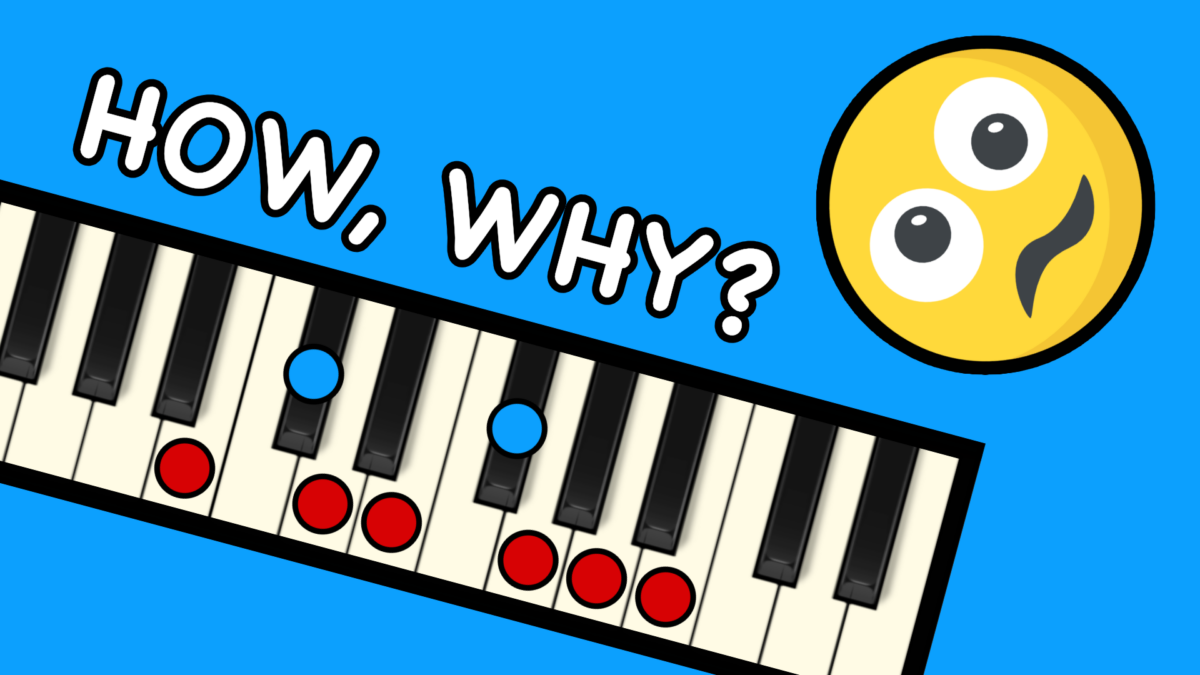 Ok, so let’s learn once and for all what a scale is in music, and how it all really works.
Ok, so let’s learn once and for all what a scale is in music, and how it all really works.
You already know about the major scale, and the minor scale, right?
Well, there are in fact more than 100 different scales in music, all with a different emotional atmosphere and tonal character.
But in reality, most music is written in a few of the most common scales.
What is a Scale in Music?
A music scale is simply a pattern of intervals, in most cases half steps and whole steps, that finishes on the octave. In almost all scales in music, the number of notes is 7 + the octave to complete the scale.
This pattern of intervals forms a frequency relationship that then shapes your melodies, chords and harmonies of the music you make using the scale. Meaning that you use those 7 notes (in different octaves) as the foundation for the song you work on.
For example, if you write a piece of music in C Major, you will use the C Major scale notes as your base notes, which happens to be all the white keys on a piano. If you use any black key in a song in C Major, it means that you spice it up by using a note outside the key of your song.
The Major Scale Formula
So if we take the major scale for example. First you start with a root note that will be the base for the scale, so let’s choose the note C for this example.
Then you use the pattern of intervals that is the formula for the major scale, which is: W-W-H-W-W-W-H. Or in other words, all whole steps except between 3-4 and 7-8 notes. So you can look at it as numbers instead, 1-7 to label each scale note, + 8 to finish on the octave.
This is how the major scale pattern can look like with numbers: 1 – 2 – 3 . 4 – 5 – 6 – 7 . 8
As you can see I used dots to mark where the half steps are in the scale formula)
These are the notes of the C Major scale: C – D – E . F – G – A – B . C
But you can take the exact same formula for the major scale, and start on a different note, and the pattern will be exactly the same. For example, here are the notes of the F Major scale: F – G – A . Bb – C – D – E . F
The Minor Scale Formula
Let’s compare this to the minor scale now, which is simply another pattern of whole steps and half steps. This is the formula of the natural minor scale, which is the common one you are used to hearing in music: W-H-W-W-H-W-W. Or in numbers it can look like this: 1 – 2 . 3 – 4 – 5 . 6 – 7 – 8
Let’s start on the same root note that we did for the major scale, the note C. If you apply the minor scale formula, you get these notes for the C Minor Scale: C – D . Eb – F – G . Ab – Bb – C
Other Scale Patterns
Since all scales in music are simply patterns of whole steps and half steps, and in a few cases a whole step + a half step between certain notes in the scale, you can create a list of these scale formulas and use as a cheat sheet. You can find a complete list on wiki, that I highly recommend: Music Scales – List of Patterns
